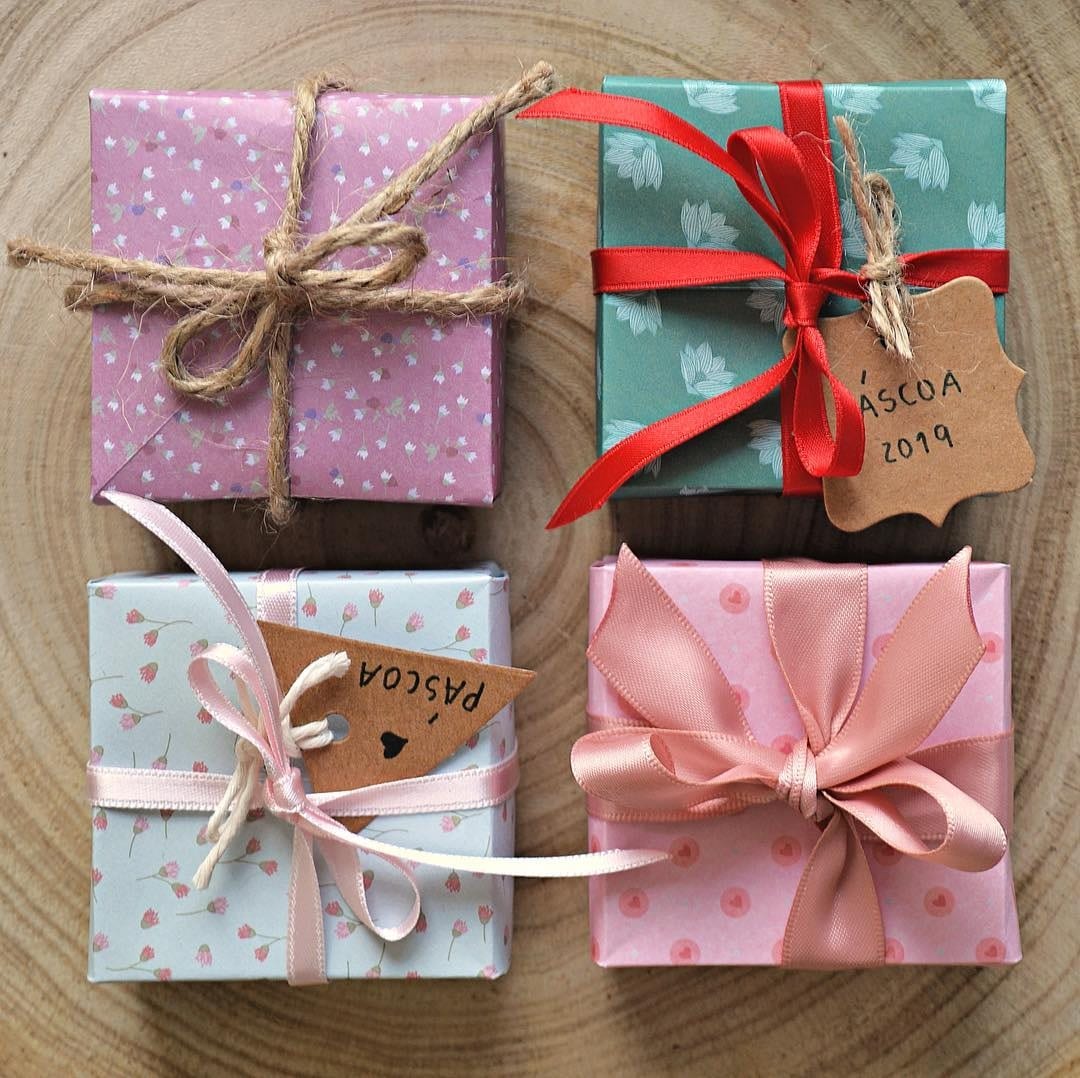
From my point of view as an expert in the industry. Just like any normal discrepancy between two individuals in the real world, it is best to first try to settle the dispute/disagreement as grown adults by trying to talk to the party at fault if proven futile then you escalate the matter to higher authorities.
Sometimes it is not a matter of the party at fault being presumptuous but it is most times due to ignorance of the fact. Hence It may save you the time and effort of reporting and following up which sometimes takes a little while to get your desired response.
According to Etsy’s Infringement Policies after reporting the faulted party, upon Etsy’s investigation if the report is of a fact, Etsy will revoke and/or disable access to the alleged infringing material, then contact the faulted party as a notification of the report and removal of the infringed material in question. In such contact notification, Etsy also encourages the party at fault to contact the party that reported the claim of infringement and vice-versa to try settling the claim considerably as situations like these are very serious and can be a thorn in both parties foot.
To simplify Etsy encourages infringement claims to be solved directly between the two parties. Which is the best option?
As a market regardless of its virtual aspect. Everyone is required to be their brother’s keeper and personally, I don’t think anyone should attempt to set their brother up for a fall even though it does happen.
As a result, it is best to first reach out to the party deemed to be at fault. In fact, talking things out first also gives you the probability of meeting a new friend or customer/client and also not limited to you supplying such party with the said materials at a cost who knows the world is round from what we know.
Please leave your questions, concerns, and comments below.





